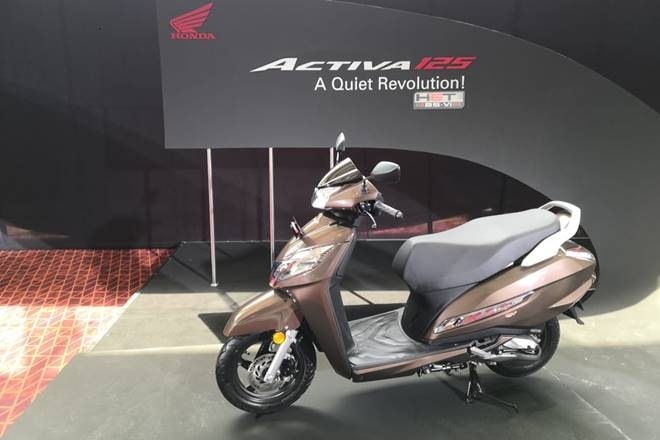Carburettors are being replaced by fuel injection systems in India. This had to happen as the shift from BS4 to BS6 demanded the same. So, you get a fuel injection system in something as small as a TVS moped. Essentially the same system that you will find on vehicles that are 20 times more expensive. However, now that you have got a BS6 motorcycle/scooter (as if you had a choice), there are certain precautions to be taken. Ones that will ensure the health of your vehicle. Just so that it sees less of the service centre and stays more on the road.
Fuel and tank
The fuel tank shouldn’t develop rust or don’t allow foreign particles to get inside. If by chance water or some foreign particle enters the system, the injectors will malfunction. Unlike carburettors, fuel injectors don’t take kindly to dust. Stay away from adulterated fuel and fill up at reputed company-owned outlets. Take care to ensure that the fuel level never dips below a certain limit. If the latter happens, the fuel pump may go kaput. This, in turn, will ensure big monies to the service centre. It is not covered under warranty and will be counted as a user negligence.
Fuel injector
There are multiple fuel injectors in a fuel injection system. Periodically, get them cleaned at authorised service centres. Few service centres like the ones from Yamaha have a good deal of experience dealing with injection systems. So, you can rest assured you are in safe hands. The owner’s manual of fuel injected vehicles have a service interval quoted for cleaning these systems. Adhering to these will not only ensure that the warranty sticks but also the fact that your motorcycle is in the pink of engine health. If a fuel injector malfunctions, you will get an indication of the same on the instrument console of the vehicle.
While these are the two most important things you need to take care in a fuel-injected scooter or motorcycle, there are some general ones as well. Scroll down to see what these are.
Coolant
If your motorcycle (haven’t heard of an Indian scooter having coolant) has a reservoir for the coolant, ensure the coolant is clear and not turbid. The coolant level should be maintained and at the same time, periodically flushed out as well. Replace with fresh coolant. If during a ride, your instrument console throws up the low coolant sign, one can also fill water in the reservoir.
Engine oil
Fill the required amount of engine oil in your vehicle. If your motorcycle has the main stand, park the vehicle on it. In this state and cold condition, check the engine oil level using a dipstick. If the oil is less viscous or doesn’t stick on your fingers, its time to replace it. Even if it is black, you got to replace it. Few vehicles also have a peeping glass for the oil. These can also be used to determine the oil level. Smooth functioning of any vehicle requires that the oil be of the prescribed viscosity and grade as mentioned by the maker in the service manual. Adhere to the service requirements of the vehicle. Oil filters (if your two-wheeler has it) is something that has to be changed with every oil replacement.
Air filter
While it is a do-it-yourself method, few motorcycles or even scooters need special tools to access their air filters. The service manual usually recommends when the air filter has to be cleaned or replaced. Usually, the replacement time is after 40,000 kilometres for commuter vehicles. Superbikes might need a more frequent replacement. For the engine to breathe cleanly, the air filter is a very important element. Ignoring it will mean lower fuel efficiency and a drop in performance.
Tyre pressure
Maintaining the right tyre pressure will not only ensure that the motorcycle/scooter has the maximum adherence to the road but also has other benefits. These include an increase in fuel economy, optimum braking performance as well as the general health of the tyres. Handling and ride quality are also directly related to the right tyre pressure.
We hope you like these tips and will implement them to ensure the smooth functioning of your two-wheeler. Have any other tips for fuel injected two-wheeler maintenance? Email them right to us by clicking on the author name.
